Compare E-Commerce models.
Our scoring process is applied and objectively evaluated according to strengths and weaknesses.
Compare vendors based on the five dimensions of the Composable Agility Score. Freely choose the solutions you want to compare to get an easy overview of their capabilities. You can adjust your selection at any time or click on any solution to read a more detailed explanation of their CA Score.
A vendor must first be removed before another one can be added for a comparison.
How easy is it to quickly and scalably build the individual solutions you need for your business using the application? See also: Best of Breed versus Best of Suite.
How well can a cloud application be broken down into its individual parts and used? The best solutions can be combined based on specific customer requirements.
How well can this application be connected and controlled via standardized applications? A functional API interface is able to interact with any other software.
How natively can this application be operated in the cloud (updates, backup, porting)? An ideal cloud solution is available everywhere, accessible at any time, highly secure, flexible and agile.
How independent can the application be from the end user’s interface (desktop, mobile, on the go…)? A functional solution is able to operate with any frontend.

When Shopify first launched, it was the first e-commerce solution designed for small and medium-sized businesses. Since then, it has become one of the largest e-commerce platforms overall and has expanded to offer an enterprise solution known as Shopify Plus. Shopify Plus serves companies with high sales volumes and a need for more customization and multi-channel sales. Although the company is a market leader and certainly an e-commerce giant, it does have some weaknesses — in particular, the absence of microservices and the relative lack of customization options.
5.8
5.9Composability
7.8Head-
less
less
6.8Cloud
Native
Native
5.9API
2.6Modu-
larity
larity
Modularity
2.6
Shopify is based on a monolithic SaaS system. Both Shopify and for Shopify Plus therefore do not offer a modular system/microservices. As a result, the platform received a microservice subscore of 2.6. Monitoring is also limited, with reports and dashboards focusing mainly on marketing and sales KPIs. Overall, Shopify’s monolithic approach results in limited flexibility and customizability.
API
5.9
Meanwhile, there are a variety of APIs for different purposes, including: Storefront, Admin and Partner. Although primarily focused on the frontend, the APIs are well documented and conform to modern standards (all APIs are available in GraphQL, only the Admin API supports REST). However, configurability or extensibility is very limited, resulting in a sub-score of 5.9.
Cloud Native
6.8
Shopify is a pure cloud SaaS with multi-tenant operation. It is based on two different services, one on the Google Cloud Platform, the other on Amazon Web Services. However, customers do not benefit from the full range of capabilities offered by cloud-native solutions. While Shopify uses it for its SaaS stack, it is not available for custom projects.
Composability
5.9
Shopify’s biggest advantage in terms of compatibility is that it can connect with other third-party solutions, such as payment service providers (PSPs) or product information management (PIM). However, external PSPs may incur additional fees and are only possible with low-code solutions. The frontend can be customized to some extent, but to add backend functionality, store operators must use integrations from the Shopify app store.
Headless
7.8
Shopify Plus, the enterprise solution, offers a decoupled headless solution that enables multi-channel and omnichannel sales. In the process, there are predefined front-ends and a large number of third-party integrations. However, the end-to-end customer experience cannot be fully customized. Overall, Shopify receives a score of 7.8 for the headless features.
Bottomline
5.8
With a SaaS approach and some APIs, it’s easy for customers to build their business through Shopify. While the platform offers more customization and multi-channel options, it is still based on a monolithic architecture. In particular, the limitations caused by the limited API layer (especially on the backend) and the lack of microservices mean that customers with more complex requirements may not be able to build the solutions they need.
FAQ
What is Shopify?
Shopify is a subscription-based software that allows anyone to set up an online store and sell their products. Shopify store owners can also sell at physical locations with Shopify POS.
What exactly does Shopify do/offer?
Shopify is a wholesome commerce platform that lets you start, grow, and manage an online business. Shopify store owners can also sell in physical locations using Shopify POS, our point-of-sale app and accompanying hardware. If you’re a Shopify merchant with both an online and physical presence, your inventory and stock get synced so you can manage your store(s) from one account, on any device.
Does Shopify allow hosting?
With Shopify, web hosting is included. All Shopify plans include web hosting as a part of the package.
Does Shopify let you use your own domain?
In order to use Shopify, you’ll need to purchase or own a domain name and set up web hosting. You can either register your domain name through Shopify or purchase it from another provider. Hosting can be provided by Shopify or another provider.
Is Shopify free?
Shopify is not free to use. But you can get started with Shopify on their 14-day free trial. During the trial, you can build your store and make it available to the public. After That you can choose between four different subscription plans.




